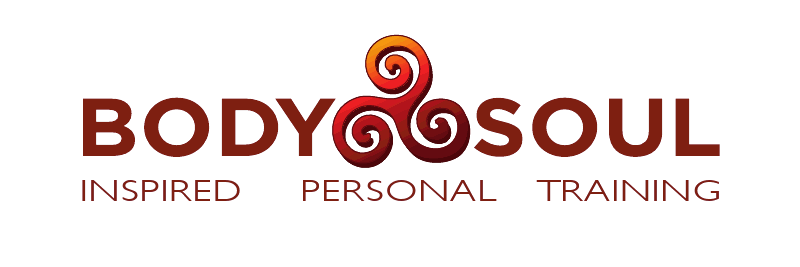Components of Habit: Part II
Written by Joe Martin
I hope part one of the blog post on habit formation was helpful. If you have not read part one, I suggest you read that first. Part one is a primer for this post explaining the components of habit, how to use those components to create a habit, and discussing other principals responsible for success with habit formation. If you have read part one, I am sure the thought of how to change a bad habit has come across your mind. Truthfully, habit formation is hard enough and trying to change an already existing “unhealthy” habit is increasingly difficult. The reason for this is simply because this “unhealthy” behavior you currently have is automatic. Most of the time, it is done mindlessly. Traditional habit change measures center on becoming “mindful” of the situation and this is needed, indeed. However, using the components of habit, we can replace unhealthy habits in a systematic way.
In part one we spoke of the components that together create a habit or “habit loop”. We have a cue, routine, and reward. These pieces that form a habit are just as important when trying to substitute a negative or unhealthy habit for a positive habit. The goal of changing or substituting a new habit for an old habit is a little different that creating a positive habit all on its own.
Since we already have a habit loop established, this negative behavior has became automatic. An attempt to simply “quit” or “stop” this behavior is going to force us to stop three parts of the habit loop. This forces us to ignore our cue, stop our routine, and leads to dissatisfaction because we never experience our reward. As an example, our cue to over eat may be due to lacking a healthy meal on hand. We begin to think of what we’re going to eat that’s quick and easy and decide to pick up fast food on the way home. In other words, this is our routine. Our reward is that sensation/need of “fullness” we experience that satisfies our initial trigger:
(Cue) = hunger ——-> (routine) = fast food ———> (reward) = hunger satisfaction
Trying to simply stop this habit means we are going to have to avoid the cue, routine and reward. This is like multitasking habit change, which in most cases is too darn difficult. Instead of attempting to quit a habit and make adjustments to our lives to avoid three things (a cue, routine and reward), I offer up an alternative approach.
Habit Replacement:
Start by making adjustments to the already established habit loop! Truthfully the only unhealthy component of the habit is the routine. This enables us to keep the cue and reward. This is advantageous to the process because they have already become automatic triggers and feelings of satisfactions to us unconsciously. This leaves us with one task- change the routine. Using hunger as our cue, stopping at the nearest fast food establishment as our routine, and the fullness sensation we feel after we eat as our reward, lets hack this habit.
We are now confronted with our cue; we are hungry and have nothing to eat on the way home from work. Instead of stopping by the nearest fast food establishment on the way home, keep a healthy snack in the car (our routine). This will give us a smarter, less calorically high choice of food while still being rewarded with fuel to feed your hunger, (our reward). This wards off our over eating tendency and reduces the calories we consume which is huge for weight loss. You’re on-the-go snack does not have to be a four-course meal, just something to hold you over until you can arrive home and cook yourself a balanced meal.
habit
We kept the cue, changed the routine, and reaped the reward. This method can be applied to many negative habits, not just the example above. The same rules of creating a habit apply to this situation; you need to practice this behavior frequently enough for it to become a habit, and the less consistency you apply to this routine, the more likely your old routine will resurface. With knowledge comes power, and I hope you are now equipped with the ability to create healthy habits and replace unhealthy ones.
Some helpful tips:
Identify your cues: written or mindfully.
Develop a plan: a healthy routine to follow your cue.
Enjoy the reward: a healthier you!
Be well,
Joe

